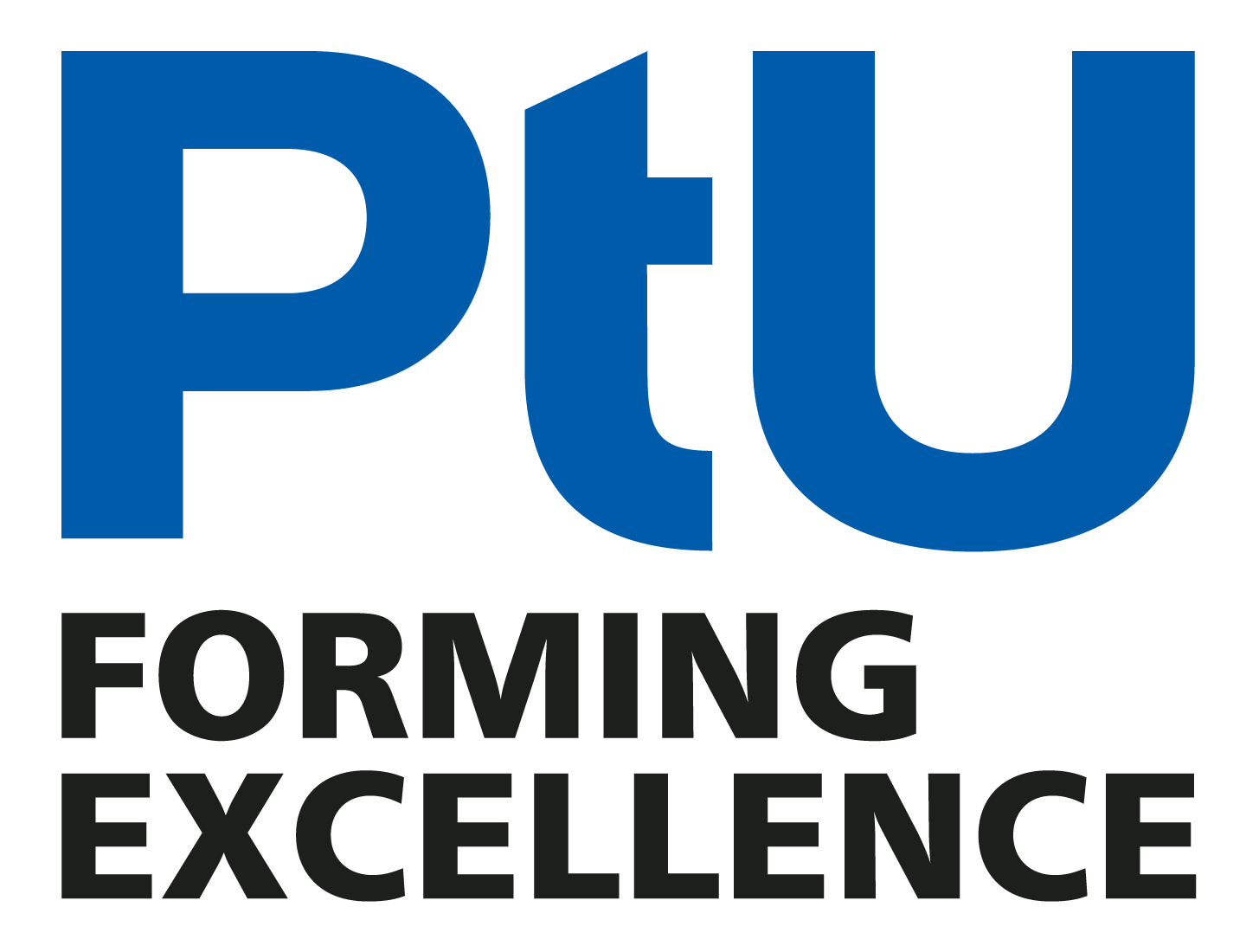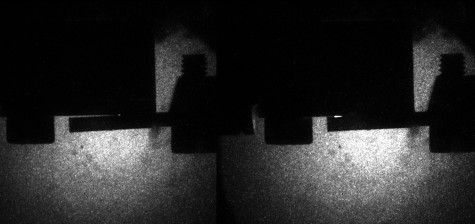Design2Collide – Collision-welded hybrid lightweight structures
In the Design2Collide research project, the joining of high-strength aluminium and steel materials with each other by collision welding is being investigated. The aim of the project is to qualify electromagnetic pulse welding as a manufacturing process for use in hybrid lightweight structures made of these high-strength materials.
Coordinators: Stefan Kraus M. Sc.
| Johannes Bruder M. Sc.
Duration: April 2023 – March 2026
Funded by: BMWK
Motivation
Steadily rising energy prices and the awareness of continuously advancing climate change are driving the focus on improved lightweight construction and the associated reductions in the consumption of fossil raw materials and CO2 emissions in many branches of industry.
In this respect, the multi-material construction method with its guiding principle “the right material in the right place” is firmly established in the field of lightweight construction. New materials with optimised mechanical, thermal and chemical properties open the way to lightweight construction potential, which, however, can only be finally exploited with the right joining technologies. The aim is to harmonise the desired different properties of the materials without reducing the performance of the overall structure due to the necessary joints. At present, this is not yet possible with the high-strength aluminium and steel alloys used in series production, so that only the mono-material construction method remains and an enormous CO2 reduction potential remains untapped.
Electromagnetic pulse welding, as an automatable representative of the collision welding processes, can provide a remedy at this point, since it allows materially interlocking, high-strength joints of such different metal alloys without the formation of heat-affected zones or intermetallic phases as well as the associated strength losses, while at the same time providing good implementable corrosion protection. In this process, a joining partner, the so-called flyer, is accelerated by an electromagnetic field onto a stationary joining partner, the so-called target, whereby a material-locking connection in solid phase is formed during the collision.
In order to meet the requirements for the joints in hybrid lightweight structures made of high-strength steel and aluminium materials, the project combines expertise in materials science, manufacturing technology and design.
Approach
Based on the problems of the industry, which are made up of increased demands for high-strength, secure joining connections and the simultaneous need for resource efficiency, the needs of the users are initially transferred together with the associated partners into requirements and boundary conditions for electromagnetic pulse welding as a joining process for high-strength materials. Thus, the overall objective of the project is to increase the technological maturity of joining highly stressable, hybrid structural components made of high-strength to ultra-high-strength aluminium alloys and steel by means of electromagnetic pulse welding for industrial usability.
The technological requirements described above are countered by extensive research work in laboratory and industrial environments in the areas of material- and application-specific influencing variables as well as holistic numerical process mapping. The transfer of the process window understanding and the measures for its extension to high-strength and also ultra-high-strength material pairings, in conjunction with extended numerical models, should for the first time enable the precise prediction of connected areas in collision welding processes. The prerequisite for this is the exploration of material-specific process limits as well as new material models and the extension of the numerical simulation to include fluid-mechanical processes in the joining gap. The application-specific findings on the combination of different semi-finished products and welding configurations, the influences from upstream and downstream value-added steps as well as the resulting process and component tolerances should make it possible to incorporate the properties influenced by the manufacturing history into a process-chain and application-specific composite design for different stress scenarios with a digital twin. Robust process chains are ensured by transferring the analysis of the process light for inline process monitoring into industrial applicability as well as by integrating automated thermographic composite testing. In order to confirm the achievement of increased industrial usability, an automated demonstration process implemented in an industrial environment will be mapped. With the help of the demonstration process, laboratory test results are checked, validated close to the application and extended by influences of the production environment.
Acknowledgement
The joint project Design2Collide – Collision-welded hybrid lightweight structures is funded by the Federal Ministry of Economics and Climate Protection (BMWK). PtU would like to thank the project management organisation Forschungszentrum Jülich GmbH and the collaborative partners involved in the Design2Collide research project.
Furthermore, we would like to thank all industrial partners who are accompanying the Design2Collide research project as associated partners.
Funded by
Project Partners
Project Partners
Project Partners





